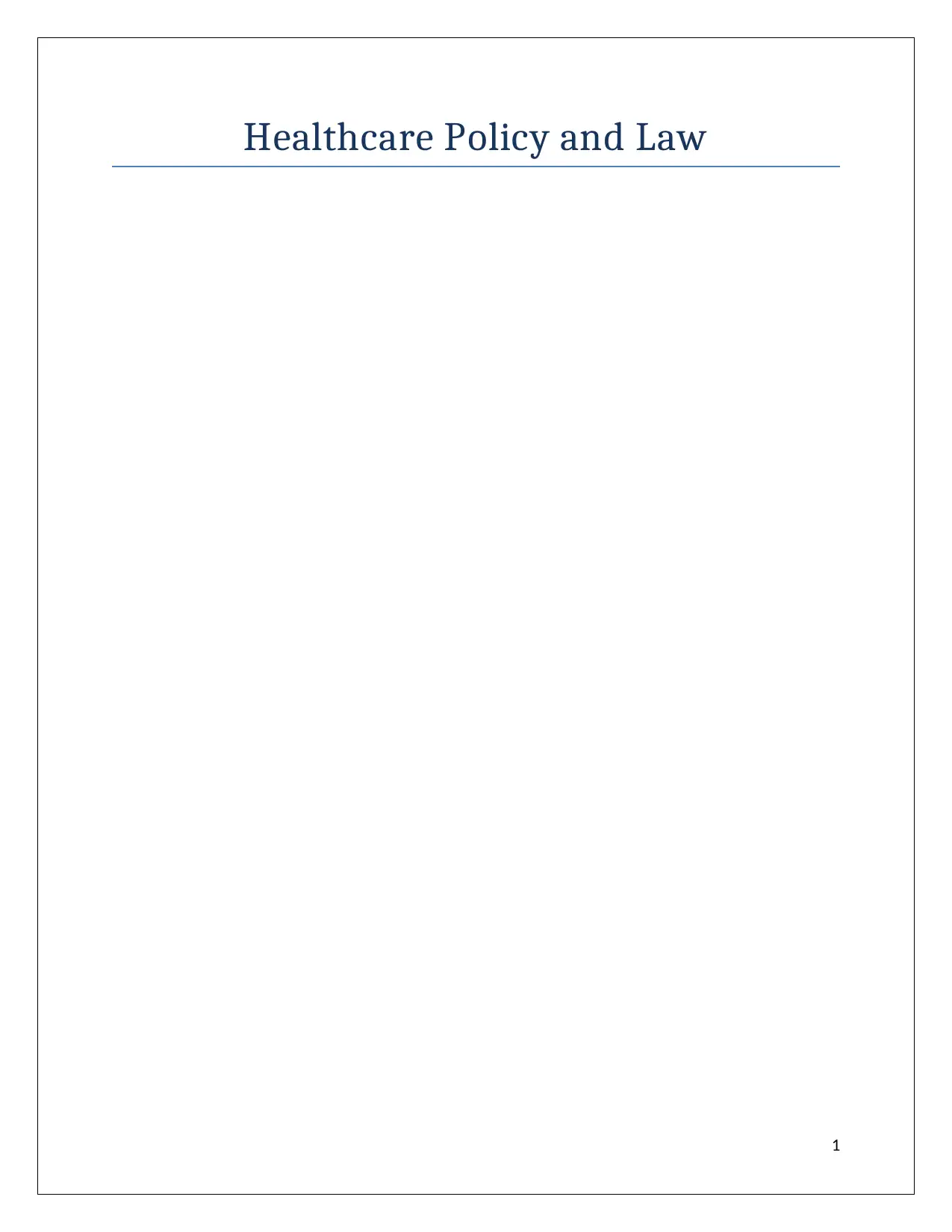Healthcare Policy and Law: Analyzing Medicaid Changes & CHIP Impact
VerifiedAdded on 2023/04/22
|3
|358
|143
Essay
AI Summary
This essay examines the changes to Medicaid resulting from the Affordable Care Act, including the expansion of coverage to low-income adults and the implementation of Essential Health Benefits (EHBs). It also analyzes the impact of the Medicaid model on the Children's Health Insurance Program (CHIP), noting its success in reducing the rate of uninsured children and addressing racial and ethnic disparities in coverage. The research highlights CHIP's strong financial support for low-income families, its coverage of dental services, and its focus on immigrant children, particularly black children. The essay references sources by Barr (2011) and Smith, Wertheimer, and Fincham (2013) to support its analysis of healthcare policy and the US healthcare system. Desklib provides a platform for students to access similar solved assignments and study resources.
1 out of 3










![[object Object]](/_next/static/media/star-bottom.7253800d.svg)